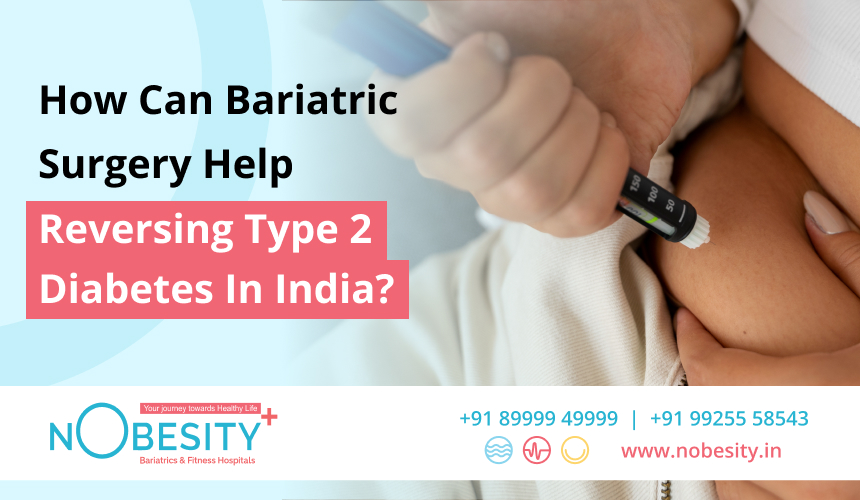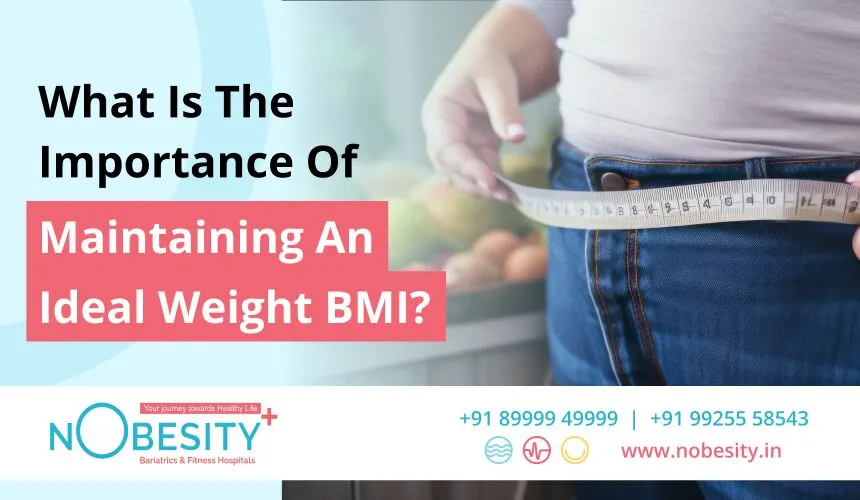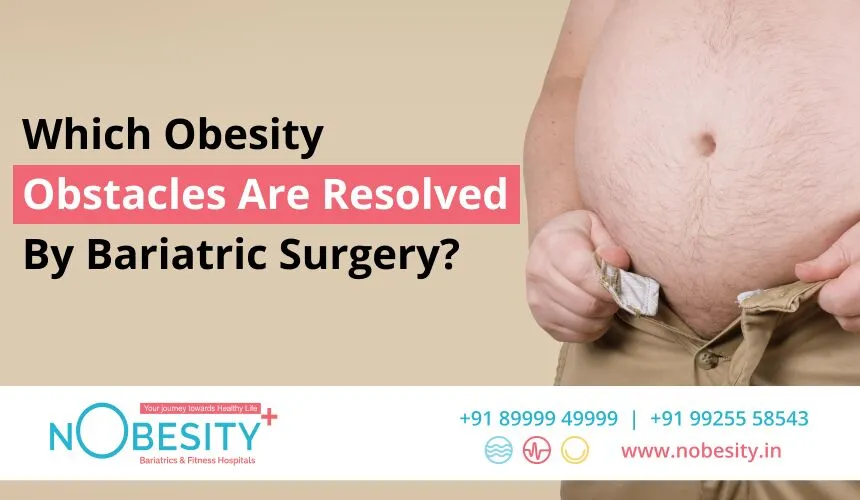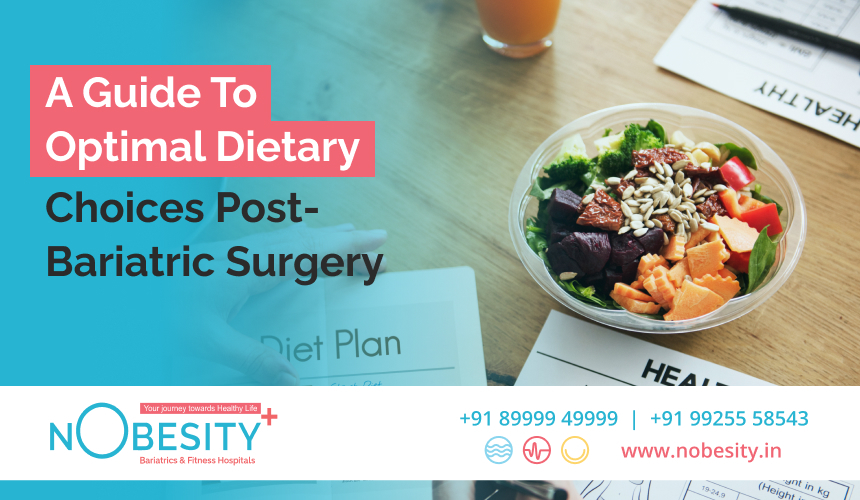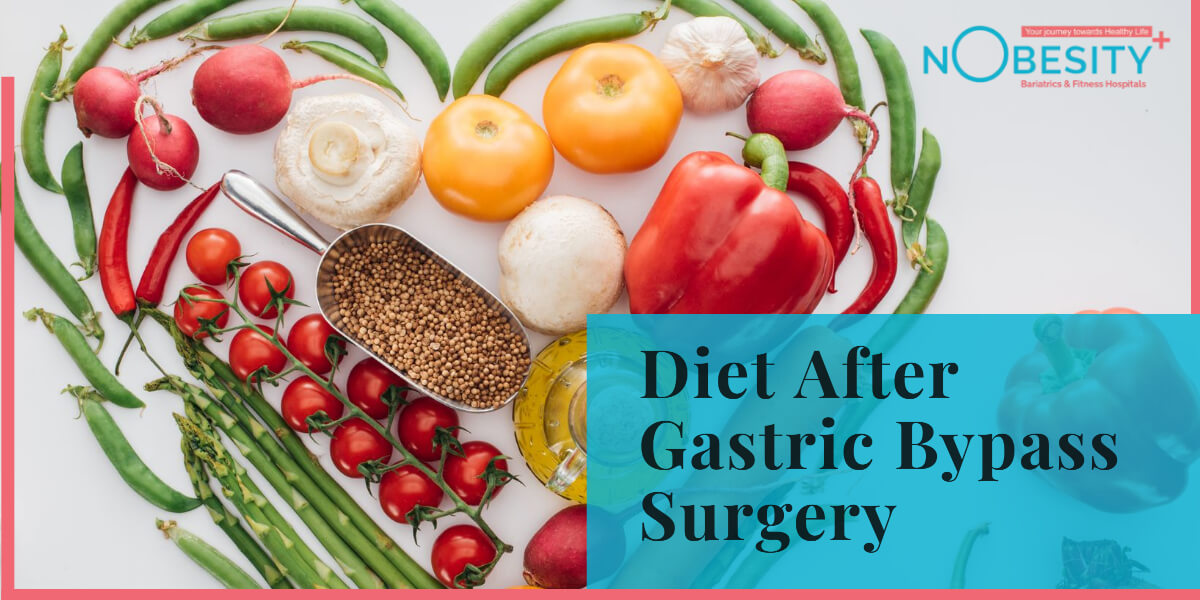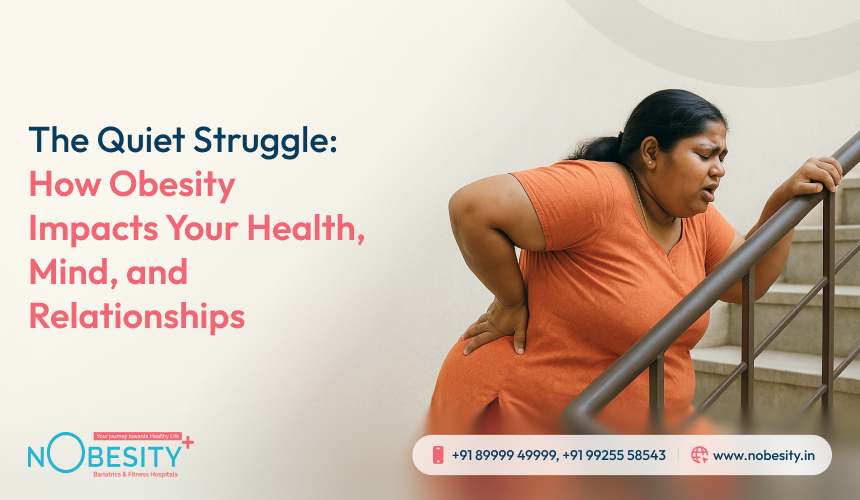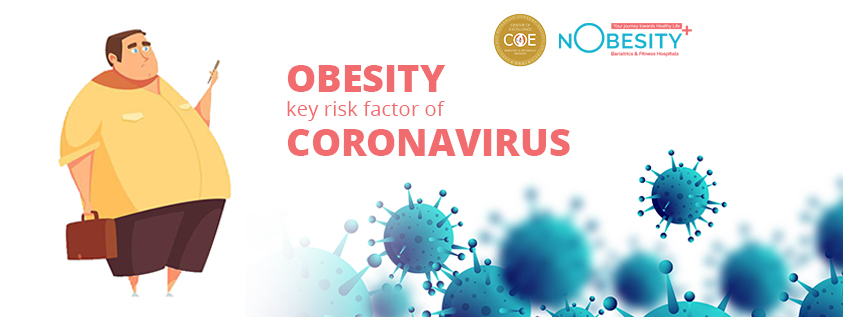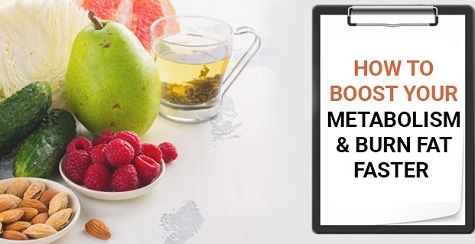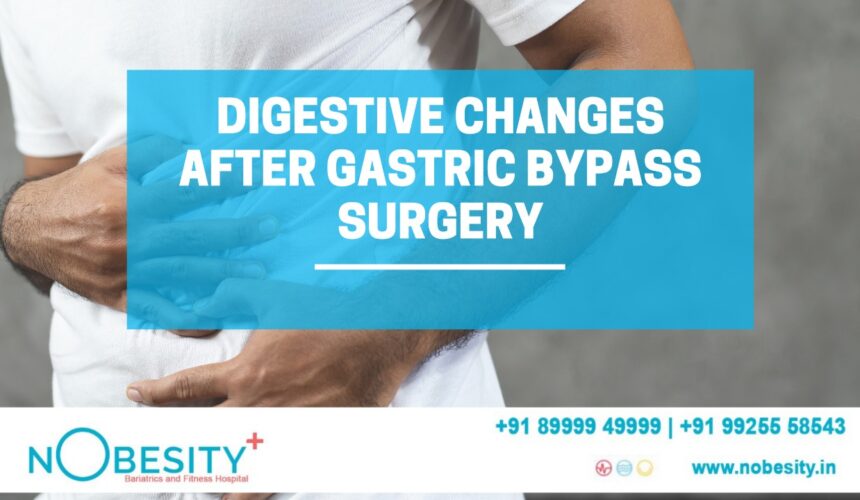
Gastric Bypass Surgery brings notable changes in your diet routine. However, you can be rest assured that everything on your plate would have a significant shift for a recommended period.
Gastric Bypass Surgery means transforming your eating habits. Your registered doctor will help you set a prearranged pattern of when and what you will need to eat, followed by the quantity per meal.
This structured diet will help your stomach heal without getting big due to your food. So eventually, your stomach learns to digest the small portion of meals and supply all the essential nutrients your body needs to function correctly. It also builds up your immune system to fight off side effects and other reasonable complications you might face post-surgery.
Gastric Bypass Surgery followed by a routine diet plan helps you lose weight in less time. Another best part about this surgery is, not only does it help in weight loss tremendously, but it also restrains your body from gaining weight in the future. So if you want to know what your diet would look like after a Gastric Bypass surgery, then keep on reading.
What Should You Eat After Gastric Bypass Surgery
In general, diet plans after gastric bypass surgery look pretty standard. But depending on individual body conditions and needs, it may vary. Also, your diet chart should 100% be according to your doctor. For a certain period when your body will undergo the recovery process, you must strictly restrain yourself from eating anything out of your routine diet plan.
For three to four weeks, your general diet guidelines will become very much altered and limited. There are multiple stages, each targeting regulating the portions of your meals. This habit will gradually enable your body to burn fat and determine your eating patterns. Now let’s focus on what should be on your plate after surgery.
First Stage: Rely on Liquid Diet
In the first stage of your diet plan, which begins right after your gastric bypass surgery, you will have to rely on a liquid diet primarily because a liquid diet proves to be the best to allow proper recovery and avoid any post-surgery complications.
Generally, for the first couple of days after surgery, you will only be getting clear liquid, that too, in measured ounces. It is necessary to be on a liquid diet so that your stomach does not stretch out due to the heaviness of the food.
When you can make a transition from clear liquids, these below-mentioned drinks are most likely to be your food –
- Thin Soup with Broth
- Tea or Coffee (decaffeinated)
- Gelatin without any sugar
- Skim Milk
- Juice without added sugar
- Ice Pops without any sugar
Second Stage: Welcome Healthy Puréed Drinks
Your doctor will bring you to the second stage once your body becomes ready to accept thicker food consistency, mostly like pudding. As so many healthy foods make tremendous and tasty purée, you get to choose from a variety of your doctor’s recommended options.
Purées are fun and easy to prepare at home with the help of a blender. However, you must not add any spicy seasoning that can potentially harm your still-recovering stomach. Have a detailed talk with your doctor on what herbs can be added to your drinks.
It is also better advised to avoid veggies or fruits that contain many seeds, like kiwi and strawberries. You also need to ignore food items challenging to liquify, such as various fibrous veggies like cauliflower. Apart from veggies and fruits, if your doctor asks, you are also likely to consume some protein in puréed form like cottage cheese, chicken, yogurt, white fish, and many more.
Stage 3: Eat Real Food, Finally
At this point, you are finally able to chew actual food. However, your plate will include soft foods. It means that from now on, your diet should involve easy-to-chew foods. You must also learn to regulate your portion size and start eating food in small bites. Here is a list of soft foods to give you a clear picture.
- Steamed or Baked White Fish
- Soft-Boiled Eggs
- Fruits like Pears and Peaches.
- Ground Meat
At the end of stage three, you slowly get to reunite with solid foods, and this part is called stabilization. It can most likely take one or two months to get into the final part of stabilization. You finally eat solid foods with previously learned habits of chewing properly, taking small bites, and less food. But this journey should be gradual and without any abnormal pain whatsoever. You will also know which foods give you bloating and nausea eventually.
Final Words –
We can conclude that your diet plan after gastric bypass surgery will change drastically. It will concentrate primarily on what your body needs except what you like to eat. There are some junks to say goodbye to forever, like preserved foods, fried foods, artificial sugar, sweetened drinks, etc. Don’t forget to consult a dietitian in a detailed manner. Additionally, you need to remember that your body needs to heal first, so skipping stages in between can only harm you without providing any possible benefits.
